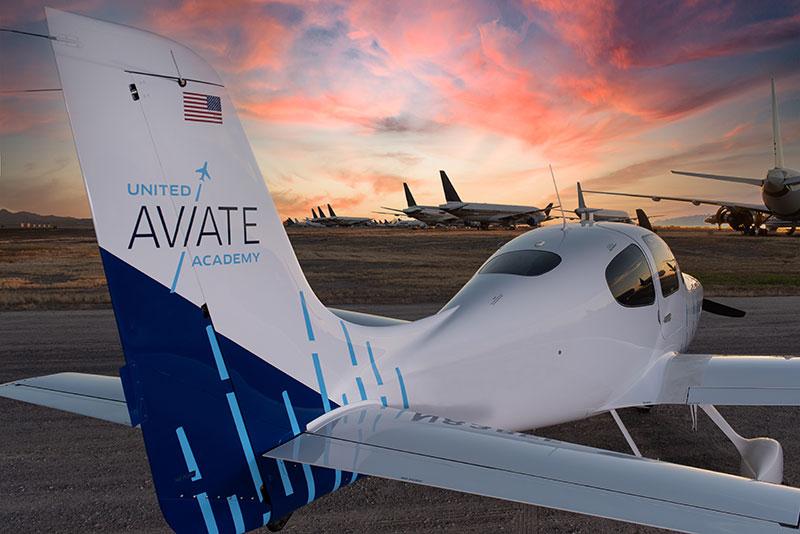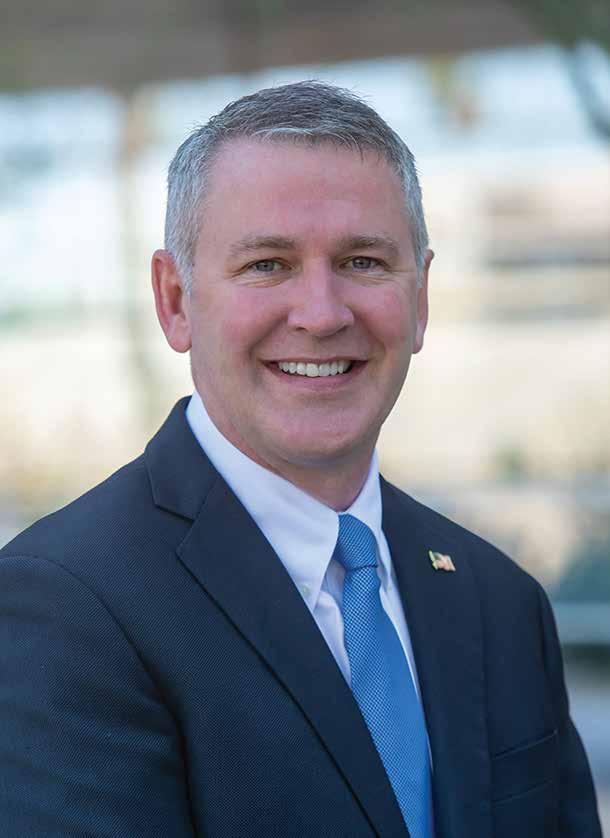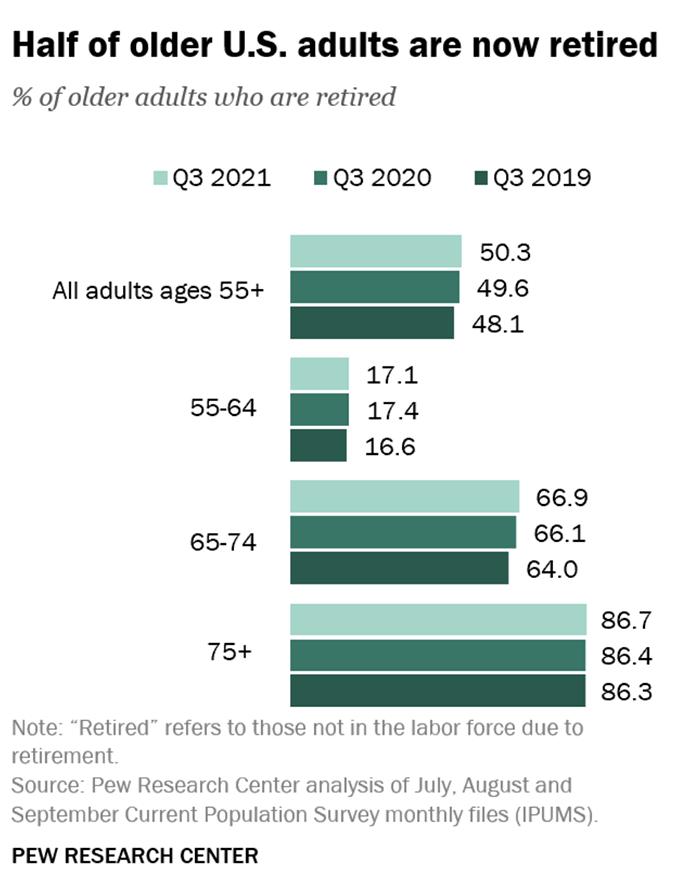5&UNDER
THE PILOT SQUEEZE
Small Airports Vulnerable As Pilots Leave Regionals For Mainline Carriers BY CAROL WARD
in required hours of flight time for students at Metropolitan State University of Denver. The reduction to 500 hours from the federally required 1,500 hours of flight time for pilots in training means students can potentially graduate a year or two early. These ef forts and many others throughout North America are designed to help fill a pilot pipeline that has slowed to a trickle. With pandemic recovery well underway, the industry once again faces a crushing pilot shortage that will have negative impacts on the mainly small airports that rely on small regional jets for service.
How It Evolved
Above: United Airlines’ new pilot training school will help to fill the carrier’s pilot needs in the future, and will also expand diversity in the field.
34
A X NEWS WINTER 2022
n September 2021, Envoy, a subsidiary of American Airlines, posted a plea for pilots that came with some pretty enticing perks. The regional carrier offered $175,000 in bonuses for incoming first officers meeting certain conditions, with an additional $7,500 to those experienced in flying certain aircraft. The company also touted first officer starting pay of more than $50 per hour. Also last year, United Airlines opened a flight school in an effort to train 5,000 pilots by 2030, and said it plans to hire double that number in the same time frame. T he fe der a l gover n ment a l s o took action. The Federal Aviation Administration authorized a reduction
I
Many in the industry will remember a pilot shortage that cropped up during the recovery from the Great Recession and lasted throughout most of the 2010s. At that time, growing air travel demand prompted the need for more pilots, but a shrinking pipeline of pilots exiting the U.S. Air Force and high training costs and low wages for incoming civilian pilots made the situation untenable. Geoff Murray, a partner on Oliver Wyman’s global aerospace sector team, says signing bonuses from regional carriers were starting to become the norm in the late 2010s, easing the crisis. Then the pandemic hit and, for a brief period, the shortage disappeared. Cashstrapped airlines offered early retirement incentives for older pilots but, because they wanted to take advantage of the federal government’s CARES Act, did not have any involuntary layoffs or furloughs.









